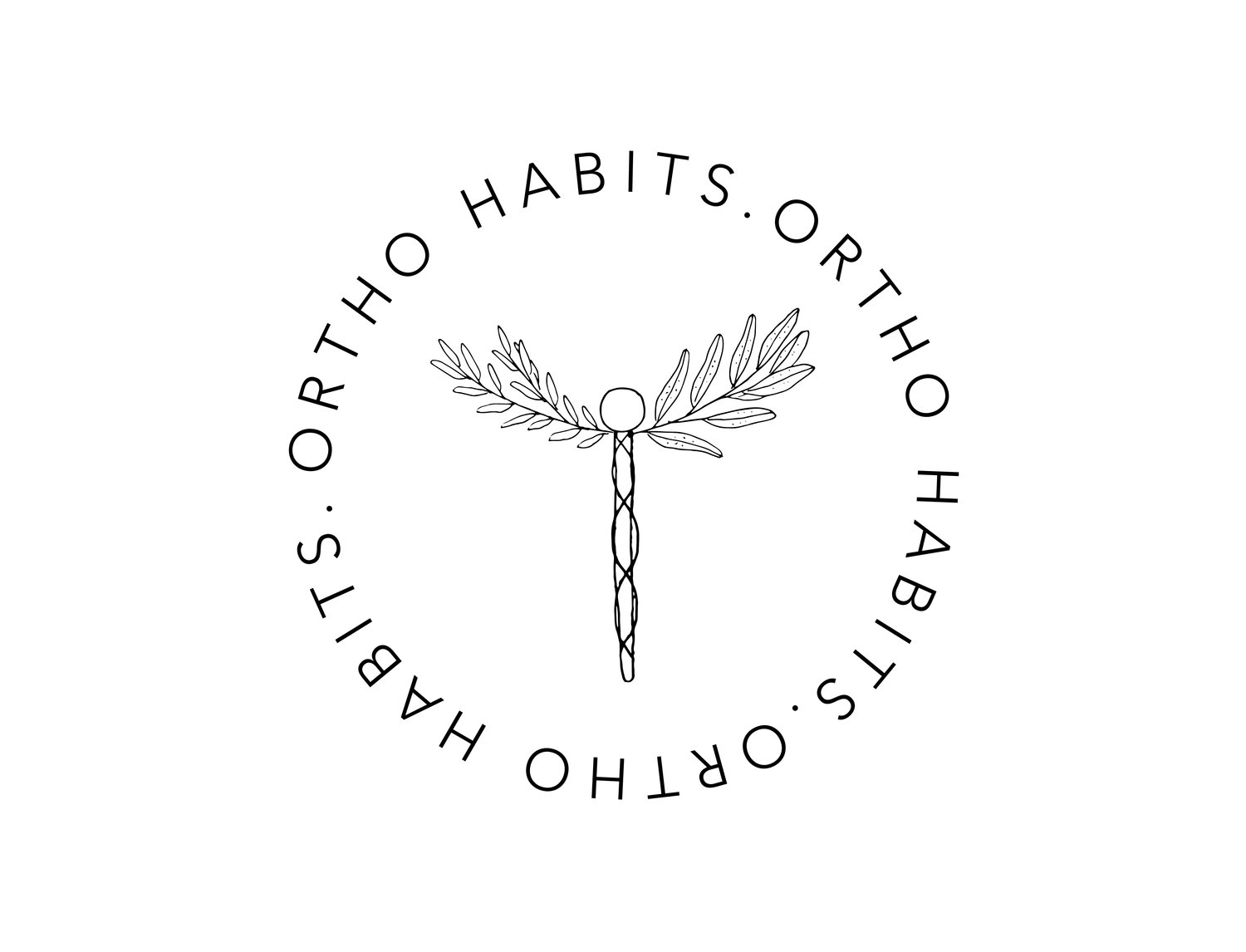Aging and our internal microscopic power plants
Mitochondria are the microscopic "power plants" in our cells, which extract energy from our food and convert it into a form (ATP) that can be used to drive the energy-intensive processes of the cell. Just like normal power plants, they produce waste during this process - in this case, free radicals, a by-product ROS (reactive oxygen species) - that damage the mitochondrial DNA over time. These damaged cells, in turn, export toxic molecules to distant tissues, contributing to age-related disorders. A small but increasing number of our cells are taken over by dysfunctional mitochondria as we get older.
Aging, on the other hand, is accompanied by rising levels of oxidative stress. Oxidative stress is a metabolic state in which more than a normal physiological amount of reactive oxygen species (ROS - reactive oxygen species) is formed or is present in the cell. The increasing amount of oxidized molecules (ROS) bounce around our cells and damage their components. ROS attacks can remove sections of mitochondrial DNA (mtDNA), damage other cellular machines, increase inflammation and stimulate inappropriate immune system responses.
However, ROS also performs vital cellular function and is used as a signal mechanism, so their presence is crucial; however, as we age, more and more of our mitochondria become dysfunctional and go into an abnormal state in which they produce less ATP and create more ROS, thereby disrupting the delicate balance of our cells. Keeping mitochondria healthy, with the right function and structure, is essential for cells to work optimally. When cells perform well, the tissues in which they find themselves are healthier. And when our tissues are healthier, we enjoy better health. From a bottom-up perspective, mitochondrial fitness is essential for our health in general.
There are also external factors that can further damage our mitochondria, including:
- overeating (eating a diet rich in refined sugar and flour that imbalances in blood sugar and insulin resistance)
- inactivity
- smoking
- too much stress
- lack of sleep
- environmental pollution (such as fungus or smog)
However, we are discovering more and more ways to support mitochondria as we age, and some are easier than you might think:
- diet is, of course, an important step to protect your mitochondria. Because certain nutrients such as B vitamins, vitamins C and E, iron, magnesium, selenium, and more are part of the production of ATP in the mitochondria and in the fight against free radicals (ROS), a nutritious diet is key for mitochondrial support and a brake on aging. Supplements can also be useful, such as CoQ10 and resveratrol, which are more difficult to get enough through food alone
- intermittent fasting, (empty) calorie restriction (metabolic conditioning) are other ways to build stronger mitochondria
- physical activity, varying in motion provides the best results. Do something with high-intensity interval training (HIIT), a little yoga for flexibility, some weight exercises and sufficient walking in nature
- exposures to nature and sunlight are extremely important for mitochondria. We are designed to be better aligned with the natural cycles of life and our environment. By the way, a diet consisting of a lot of chlorophyll (leafy greens), ensures that we absorb more light through the mitochondria in the skin
- cold showers give a mitochondrial boost by killing weak and old mitochondria and creating new ones
- and of course, we must eliminate the things that cause them to deteriorate as well as possible, such as toxins in our air, water, and food (by using filters, buying organic food and eating a low glycemic diet)
- working on controlling and dealing with stress factors is also crucial





